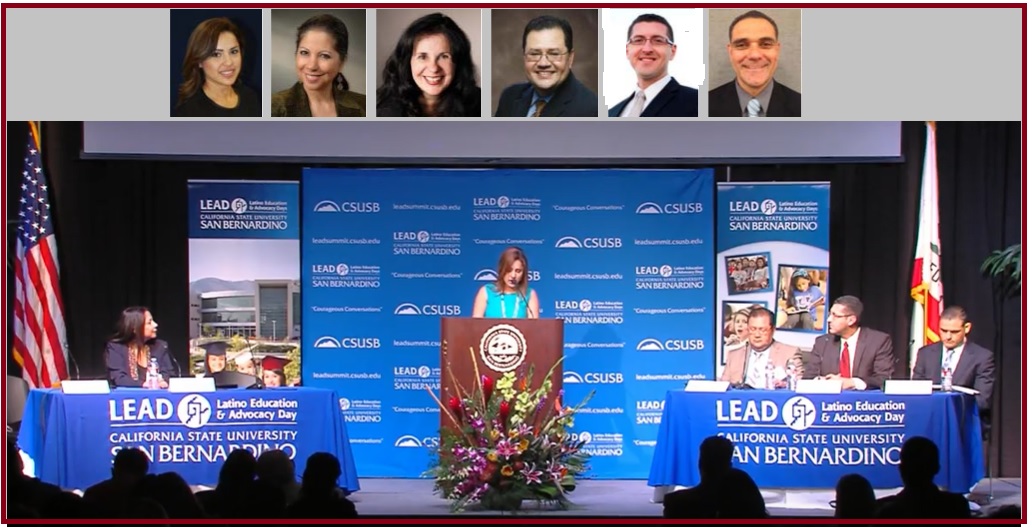The US Small Business Development Center (SBDC) model is being implemented by over 15 countries throughout the Americas with the goal of creating a hemispheric small business assistance network that improves SME competitiveness, promotes economic development, and generates trade opportunities. The SBDC model requires the co-investment by the public, private and higher education sectors that leverage resources and promote increased program sustainability. Representatives from Chile, Honduras and Mexico discuss the critical role of higher education institutions for implementing long-term and successful SBDC programs.
This panel is date/time stamped: March 26, 2015, 11:05AM Central Time Zone
Introduction:
- Dr. Patricia Sánchez, Associate Professor in the Department of Bicultural-Bilingual Studies at UTSA, and Lead Editor of the Association of Mexican American Educators (AMAE) Journal.
Panelists:
- Bernardo Troncoso Narváez, General Manager of SERCOTEC, Chile
- Dr. Eugenio J. Reyes-Guzmán, General Director of World Trade Center, Monterrey, Nuevo León, México
- Eduardo Posadas, Director of UTH Avanza Centro de Onnovación, Honduras
Moderator:
- Robert McKinley, Associate Vice President for Economic Development at The University of Texas at San Antonio
CSUSB - Latino Education and Advocacy Days (LEAD), "Panel: "The U.S. Small Business Development Center as a model of collaboration between the U.S. and Latin America"" (2015). Latino Education and Advocacy Days (LEAD) Video Recordings. 26.
https://scholarworks.lib.csusb.edu/lead/26

The quality of the future U.S. labor market depends on both education and job skills, and, if the United States wants to remain competitive,...

The time is now for Latinos to unleash the giant, energized and empowered, and reflective of the growing diversity in the United States. It...

Alex Padilla was sworn in as California Secretary of State on January 5, 2015. He is committed to modernizing the office, increasing voter registration...